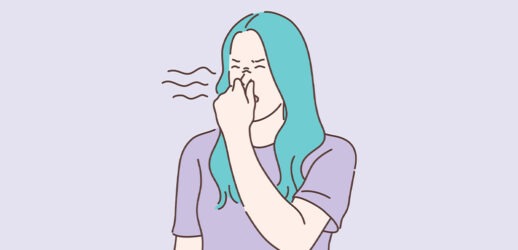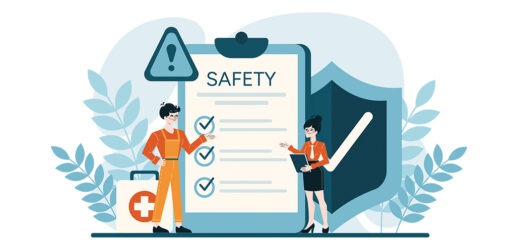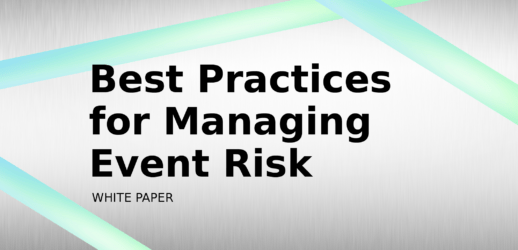Alan Alda’s new book offers tips for boosting communication
Early in his acting career, Alan Alda experienced a poignant moment with director Mike Nichols and actress Barbara Harris while rehearing for a Broadway musical, The Apple Tree.

“He [Nichols] asked us both several times to relate better—although he seemed to be looking more in my direction than hers,” Alda wrote in his new book, If I Understood You, Would I Have This Look on My Face? “Finally, he couldn’t stand it anymore. ‘You kids think relating is the icing on the cake,’ he said. ‘It’s isn’t. It’s the cake.’
“So, what is it? What’s relating? What’s the cake? It took me years to be able to put it roughly into words.”
Alda realized that he would need to develop his relating skills if he wanted to become a good actor.
“I think being able to relate is essential in acting—and as I’ve come to learn, it’s essential in communication, too,” he told Smart Meetings.
Founding a Center
Alda understood the importance of effective communication while serving as the host of Scientific American Frontiers, a PBS television show that explored cutting-edge developments in science and technology, from 1993 to 2004.
“The interviews I did with hundreds of scientists wouldn’t have worked without the ability to relate that I had developed as an actor,” he said. “That gave me the idea that we could probably teach scientists themselves to relate to their audiences by putting them through improvisation exercises. And it worked. And it turns out that it works not only for scientists, but for people in every walk of life and every kind of relationship.”
In 2009, Alda helped to found Alan Alda Center for Communicating Science at Stony Brook University in New York. The center’s faculty members specialize in science, technology, engineering, math, medicine, journalism, communications, public policy and theater. They concentrate on empowering scientists and health-care professionals to communicate complex topics in clear, vivid and engaging ways so that patients, media, elected officials and the general public can better understand them.
Implications for Meeting Professionals
Some of Alda’s main discoveries are described in his new book, which is divided into two sections—“Relating is Everything” and “Getting Better at Reading Others.” Since clear communication is critical for meeting professionals, his findings are particularly applicable to them, as well.
“I think it’s tremendously important that the people organizing an event keep in mind what the actual experience of the audience will be,” he said. “It’s good to remember that human stories are more powerful than charts and figures. If it’s at all possible to have the attendees go through an experience rather than being lectured to, that’s a huge plus.”
Alda asserts that it’s also necessary for attendees to be focused.
“Do the people who gather understand why they’re there and why they should care?” he asks. “And by the way, an awful lot of focus is lost when the audience is spread out and not seated together in a tight group. My heart sinks when I walk into a room and realize I’ll be talking to a large number of people seated at huge tables. I think they lose sense of being part of a group. It’s a small point, but anything that takes away from a sense of social connection, in my opinion, isn’t a good idea.”
The Alda Method
He has distilled his insights into what has become known as the Alda Method, which utilizes improvisational theater techniques introduced by Viola Spolin and her son, Paul Sills, to train scientists to pay close attention to the needs of their listener and to learn to spontaneously adjust to those needs.
Alda, 81, is continuing his quest to better understand the dynamics of human communication.
“The Alda Center for Communicating Science is embarking on a program of a lot more research in a number of areas,” he said. “Why does our approach work? How can we improve it? What are the kinds of argument that land best on different kinds of audiences, and why? What are the best ways to improve empathy? The more we know about questions like these, the better our work will be.”
Mirror Exercise
One of the techniques that Alda discusses in his book, If I Understood You, Would I Have This Look on My Face? is the mirror exercise. It can be useful to all meeting professionals.
The two participants follow each other through an unscripted set of movements, with each person anticipating the next movement by observing the other’s facial expressions and body language.
Here is how the exercise works:
- Two people stand before each other, and one of them mimics all of the other’s movements.
- Without pausing, they switch roles.
- They switch again, and continue the process, uninterrupted.
The goal—for the pair to achieve synchronous unity in heart and mind—can be achieved only through keenly focused observation. But the onus is not only on the one doing the mimicking.
“If I’m trying to explain something and you don’t follow me, it’s not simply your job to catch up,” he wrote. “It’s my job to slow down. This is at the heart of communicating.”




